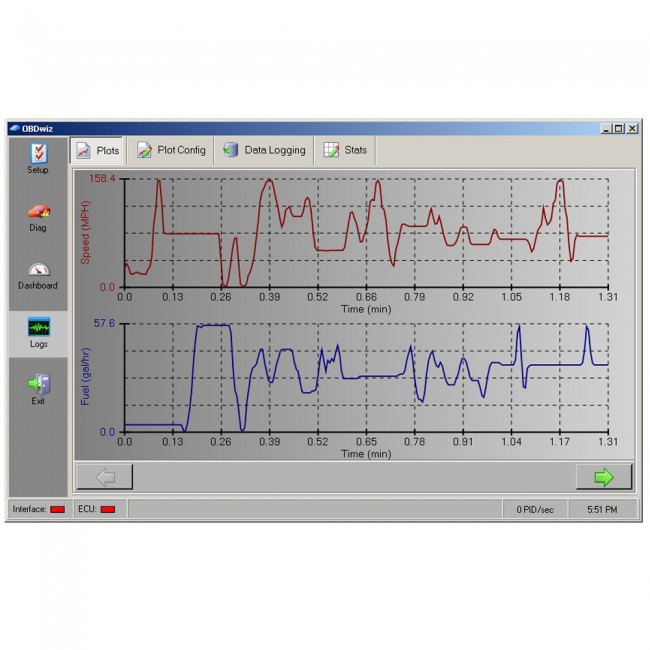Using A Mac Scan Tool For Misfire Counter

Matco Scan Tool
Diagnosing misfires Misfire is a common driveability problem that may or may not be easy to diagnose, depending on the cause. A misfiring cylinder in a four-cylinder engine is, pardon the pun, hard to miss. May 27, 2010 Scanning to Detect Misfires Very specialized video goes very in-depth into how to use the scan tool to detect misfires. The scan tool is the window into the ECM. The growing complexity of automotive systems, along with the incorporation of more and more electronics, has made vehicle diagnostics tools indispensable for any shop and vehicle technician.The Launch CRP TOUCH PRO is a diagnostic scan tool that runs on the Android.
Using A Mac Scan Tool For Misfire Counter-strike
With OBD II, there’s no missing misfires. Most engine control systems with OBD II monitor the speed of the crankshaft between cylinder firings to detect misfires. The powertrain control module (PCM) notes the relative position of the crankshaft via the crankshaft position sensor (CKP) each time a trigger pulse is sent to the ignition system.
If the crankshaft does not rotate a certain number of degrees between cylinder firings, the change in rotational velocity indicates a misfire must have occurred. Blind Logic Any misfires that are detected are recorded and tracked over time.
If the rate of misfires exceeds a certain threshold, the OBD II logic is programmed to log it as a potential emissions failure and set a misfire fault code.  The check engine light comes on and a P030X is set where X corresponds to the cylinder that is misfiring. A code P0302, for example, would tell you cylinder number two is misfiring. If more than one cylinder is misfiring, there will be additional codes for those cylinders as well. And if a misfire is random and jumps from cylinder to cylinder, you may find a P0300 random misfire code. On most applications, OBD II uses a “block learn” strategy to track misfires.
The check engine light comes on and a P030X is set where X corresponds to the cylinder that is misfiring. A code P0302, for example, would tell you cylinder number two is misfiring. If more than one cylinder is misfiring, there will be additional codes for those cylinders as well. And if a misfire is random and jumps from cylinder to cylinder, you may find a P0300 random misfire code. On most applications, OBD II uses a “block learn” strategy to track misfires.
Mac Scan Tool Et9640
 Any misfires that occur are recorded every 200 revolutions of the crankshaft. The tally is stored in 16 memory blocks, so every 3,200 rpm the misfire count starts over again. As long as the number of misfires in any given memory block remains below a certain value, there is no problem and OBD II gives that block a “pass” rating. But if the number of misfires in that block is too high, the block receives a “fail” rating. By averaging the pass/fail ratings of all 16 blocks, the OBD II system gets the big picture of what’s actually going on. This helps avoid the setting of false misfire codes, and also allows the system to spot pattern misfires that may cause an increase in emissions or damage to the catalytic converter. One of the drawbacks of using a crank sensor to detect misfires is that it can sometimes be fooled by normal powertrain vibrations.
Any misfires that occur are recorded every 200 revolutions of the crankshaft. The tally is stored in 16 memory blocks, so every 3,200 rpm the misfire count starts over again. As long as the number of misfires in any given memory block remains below a certain value, there is no problem and OBD II gives that block a “pass” rating. But if the number of misfires in that block is too high, the block receives a “fail” rating. By averaging the pass/fail ratings of all 16 blocks, the OBD II system gets the big picture of what’s actually going on. This helps avoid the setting of false misfire codes, and also allows the system to spot pattern misfires that may cause an increase in emissions or damage to the catalytic converter. One of the drawbacks of using a crank sensor to detect misfires is that it can sometimes be fooled by normal powertrain vibrations.